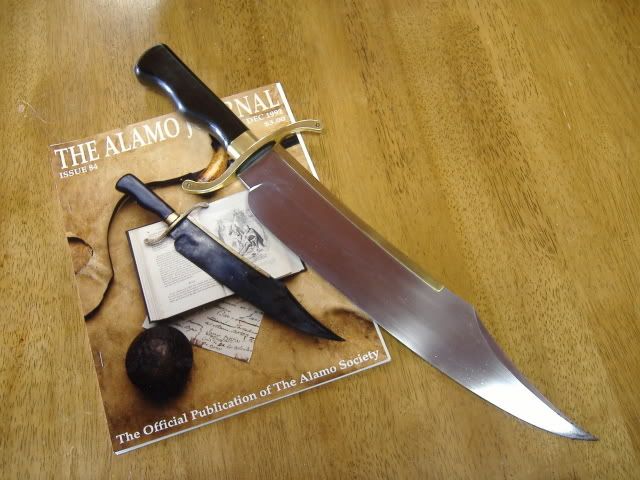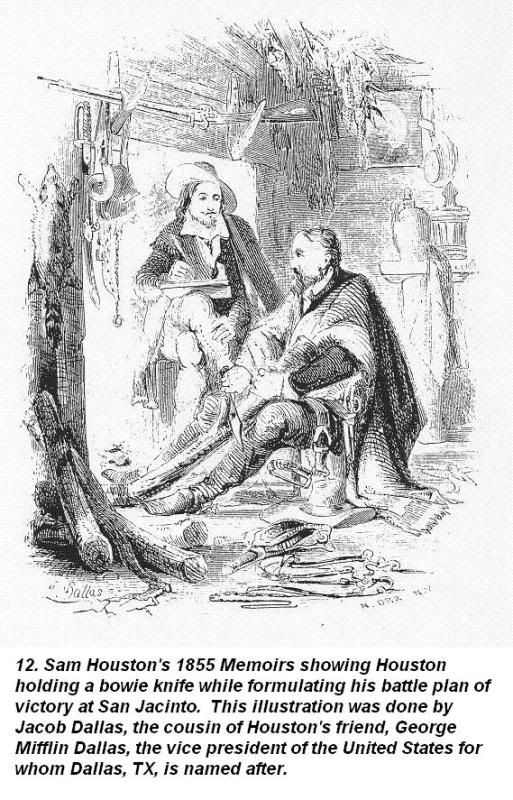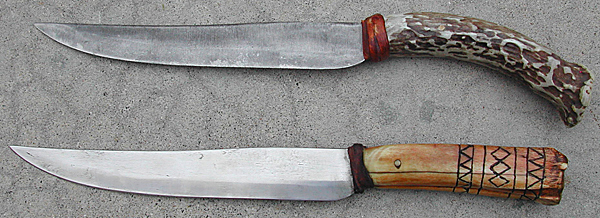The Musso Bowie excites so much controversy and partisanship it has degenerated into shouting matches which contributes little to the discussion but a lot of ego building for those involved in the shouting.It's as controversial as Bowie himself.There are many knives with applied brass backs but to answer crocketts question concerning pre-1840s as it applies to I assume knives made here or made for the American market during the period of Bowies notoriety I see no proof of that in all those pictures with the possible exception of the Schively-Kane knife.
The Schively-Kane knife has a decent provenance and a traceable history.The Musso Bowie not so much so.I have a copy of the Martin's Auction Bowie Knife Auction in 2006 somewhere,if I can find it I'll look and see if any brass backed bowie's are listed.As for Flayderman's book,like his catalogs of years ago sometimes you read the descriptions and scratch your head about the veracity of the information.......but it does have copious pictures of old knives and paraphernalia and there just aren't a whole lot of new books on knives out there.
The Schively-Kane knife has a decent provenance and a traceable history.The Musso Bowie not so much so.I have a copy of the Martin's Auction Bowie Knife Auction in 2006 somewhere,if I can find it I'll look and see if any brass backed bowie's are listed.As for Flayderman's book,like his catalogs of years ago sometimes you read the descriptions and scratch your head about the veracity of the information.......but it does have copious pictures of old knives and paraphernalia and there just aren't a whole lot of new books on knives out there.














